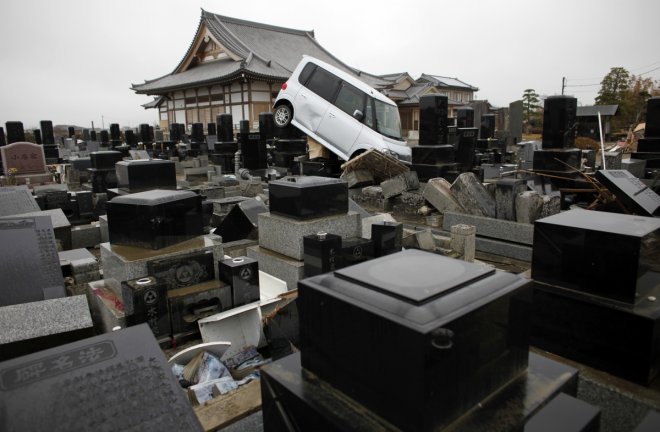
Six years ago on 11 March 2011, a massive earthquake and tsunami devastated the seaside town of Namie, a town in Fukushima's Futaba District in Japan. Thousands of people were killed, while hundreds of people were evacuated from the tsunami affected areas. Once home to more than 20,000 people, Namie became a ghost town. However, after six years of struggle, signs of life are beginning to return in the destroyed cities of northern Japan.
The Japanese authorities have lifted the evacuation order for Namie and three other towns in the area. Some former residents of Namie have already returned, but many people are understandably reluctant to return. The roads and houses are yet to be fixed and huge black bags full of radiation-contaminated soil are a common sight.
Munehiro Asada, who has already returned to Namie, said he is ready to continue life in Namie even though profits after the disaster have dropped significantly. The timber factory owner said: "Sales barely reach a tenth of what they used to be. But running the factory is my priority. If no one returns, the town will just disappear."
According to reports, a hospital is due to open later this month. The hospital will have one full-time and several part-time doctors. Tamotsu Baba, the town's mayor said he hopes to draw research and robotics firms.
"Six long years have passed. If the evacuation is prolonged further, people's hearts will snap," Baba said. "The town could go completely out of existence."

















